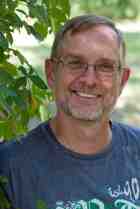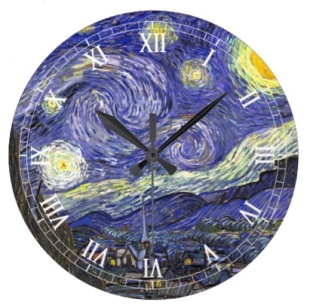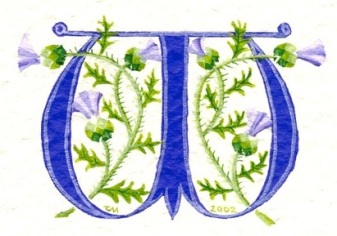
SILVER AGE
by Alan Birkelbach
The eyes, surrounded by lines, of course, are by Kubert,
as is the day-old beard. It is always a day-old beard.
Even after I shave. Sgt. Rock always had a shadow.
I always have a shadow.
You might think I have no input at all from Gil Kane
but if the light is just right
you’ll see the vertical tendon
that goes from my cheekbone to the top of my jaw,
there for no apparent reason.
There’s a hint, I’d like to think, from Carmine Infantino
in the little half smile I’m casting, kind of like when
Barry Allen was first starting to date Iris and couldn’t let her know
he was actually The Flash.
There, at the base of my neck, you might notice the
lax skin, wrinkled, kind of turtle-like, freckled.
Why do I look so stretched out right there, you might say
and then you will realize that
Berni Wrightson was given the shoulders and neck
and he really likes to add a touch of pending macabre,
full of sinew and age.
My bushy eyebrows are obviously Barry Smith
in his finest Zukala-Conan period. It is a shame
that I cannot conjure demons.
My head is long. Jim Aparo did that.
He’s always liked long heads. That–and he drew
the little silver in my hair around my temples
like on The Phantom Stranger.
You notice how I am facing the mirror squarely,
emphasizing the shoulders. You can even see the
lines of my breastbone through the t-shirt.
That’s because Jack Kirby drew that part of me that way
(although there are times I think someone else
might have done the inking.)
Sadly, there is no part of me that is Steranko,
No false perspectives, no layering of muscles.
And neither is there any part of me that you can see
that is penciled, and penciled only, by Neal Adams.
I stay within the frame. I am not cinematic.
And lastly,
if the mirror was only a little wider
then you would see just off to the side
my concubine, obviously designed by Wally Wood,
her massive bosom perfectly round,
and impossibly full.
NOTE FROM THE AUTHOR: My creative process…It’s not seasonal, driven by exhaustion, coffee, or other writers. Sometimes deadlines make it happen faster. It’s as much a part of the spent hours of my life as eating tacos and drinking beer and watching old movies. It doesn’t depend on the Muses. My creative process is a river. I don’t know the headwaters. I don’t need to know.
IMAGE: Showcase #4 (October 1956), generally considered the start of the Silver Age of Comic Books (1956-1970). Cover art by Carmine Infantino and Joe Kubert.

ABOUT THE AUTHOR: Alan Birkelbach’s work has appeared in journals and anthologies such as Grasslands Review, Borderlands, The Langdon Review, and Concho River Review. He is member of The Texas Institute of Letters and The Academy of American Poets. He has nine collections of poetry.
Author photo by Cavern Media, ALL RIGHTS RESERVED.




















